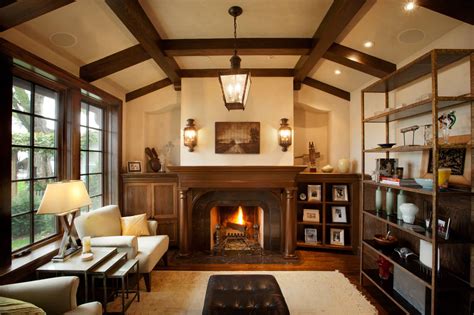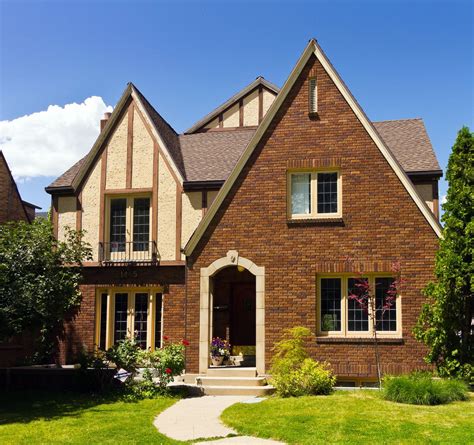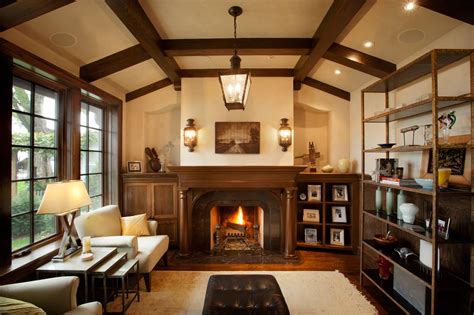what did tudor houses look like | images of tudor style homes what did tudor houses look like Tudor homes were marked with a large courtyard and rooms built around it. Fireplaces, tapestries and carpets were used for interior decoration. Only necessary items of furniture were used and . If you'd prefer a more modern reference, like the ref. 114060 or ref. 124060 from 2020, prices jump to around 11,900 and 13,500 USD, respectively. Comparable Rolex .
0 · tudor style house interior characteristics
1 · tudor style house exterior
2 · tudor house style interior
3 · old english tudor style homes
4 · images of tudor style homes
5 · facts about rich tudor houses
6 · english style tudor homes
7 · characteristics of a tudor house
For legibility underwater The dial’s luminescent Chromalight display is an innovation that improved visibility in dark environments, an essential feature for divers. Hour markers in simple shapes – triangles, circles, rectangles – and broad hour and minute . See more
One of the most distinctive things about a Tudor house was the black and white effect (see image below), because of their exposed wooden frames. There are many Tudor houses in England, some of which are still being lived in today. The town of Lavenham in .Known for blending practicality with aesthetics, Tudor architecture originated in England and made a lasting impact that extends to modern designs today. This guide explores the origins, .The Tudor architectural style is the final development of medieval architecture in England and Wales, during the Tudor period (1485–1603) and even beyond, and also the tentative introduction of Renaissance architecture to Britain. It followed the Late Gothic Perpendicular style and, gradually, it evolved into an aesthetic more consistent with trends already in motion on the continent, evidenced by .Tudor homes were marked with a large courtyard and rooms built around it. Fireplaces, tapestries and carpets were used for interior decoration. Only necessary items of furniture were used and .
The quaint fairytale-like Tudor homes made their appearance among their colonial counterparts with their easily recognizable features. These charming homes come in all sizes .
You are here: Home » Tudor » Tudor Houses – Great Houses & Types In Tudor England. In Tudor England, a person's social status and prestige were determined by two .An introduction to the architecture of the Tudor and Elizabethan period (1485-1603) in England, Ireland and Wales, with bibliography.The great houses of the Tudor period featured fanciful gatehouses. The idea was to create an impressive, awe-inspiring entrance. This was accomplished by entry through a broad, low arch .
What did they look like, how were they made and what were they made of? Were they simple or luxurious? Look at photographs, drawings and plans of different Tudor houses.
Athelhampton House - built 1493–1550, early in the period Leeds Castle, reign of Henry VIII Hardwick Hall, Elizabethan prodigy house. The Tudor architectural style is the final development of medieval architecture in England and Wales, . Tudor Houses – Great Houses & Types In Tudor England. Please note: The English crown changed hands FIVE times in the twenty-four years before Henry VII’s rule. The great households of England were convulsed in the battles between Lancaster and York. They chose sides, clashed, lost lands, and won them. Country Life's architecture editor John Goodall looks at the architecture of the Tudor home. In April 1521, Edward Stafford, 3rd Duke of Buckingham, was urgently summoned from his seat at Thornbury, Gloucestershire, to appear before Henry VIII. . Like many of the most fashionable domestic furnishings in 16th-century England, such wainscotting .The "black and white" look of Tudor homes, created by dark-stained wood against white stucco, became popular during the Victorian era when Tudor Revival was at its peak. 4. . Cross gables work harmoniously with other Tudor elements like steeply pitched roofs, tall chimneys, and decorative half-timbering. Together, these features create a .
In fact, traditional Tudor properties from the actual era are more likely to look like gothic medieval constructions than what we’ve come to know as Tudor homes. Why do people like them? Tudor and Mock Tudor homes have always been a popular choice, but were given an added boost a couple of years ago with the success of TV show Wolf Hall. Tudor London’s streets most likely gave an unfavourable impression, narrow and lined with tall buildings, they must have appeared rather dark and dismal. Most of London’s houses were timber-framed, filled in with lath [wooden slats] and plaster. Brick was also used and the chimneys were generally made of stone or brick. In vernacular architecture, there’s another famous visual style that falls under the Tudor remit – the half-timbered building. This is best known thanks to its modern descendant, the questionably tasteful mock-Tudor style, but it was a popular way of building throughout the era, replacing wattle-and-daub structures among those who could afford it. Types of Tudor Homes . Tudor Gothic: This term refers to the early Tudor period (beginning in 1485), which included medieval Gothic influences, such as heavy timbers and church motifs.Tudor is considered the end of medieval architecture and the beginning of the English Renaissance style.; Elizabethan Tudor: The Tudor style falls into this period .
What kind of homes did people have in Tudor times? What did they look like, how were they made and what were they made of? Were they simple or luxurious? Look at photographs, drawings and plans of different Tudor houses. Develop planning, thinking and communication skills, and learn about life in Tudor times. This resource is bilingual.
tudor style house interior characteristics
tudor style house exterior


Toilets did not catch on in England. While the book, Metamorphosis of Ajax, was perhaps intentionally an attacking allegory against Robert Dudley at the time it was written, the design presented included engineering diagrams down to a minutia of detail. When we look at the drawings, it does appear that this flush toilet could be functional.
By Tim Lambert In the Middle Ages, rich people’s houses were designed for defence rather than comfort. In the 16th century, life was safer so houses no longer had to be easy to defend. Rich Tudors built grand houses e.g. Cardinal Wolsey built Hampton Court Palace. Later the Countess of Shrewsbury built Hardwick Hall in. Continue reading Tudor Houses
Tudor architecture has castle-like features, although homes built for the wealthy had different characteristics than those inhabited by the lower class. During the Tudor era, lower-class British citizens built their homes using a timber frame and filled the gaps with wattle and daub, a mixture of soil, clay, straw, and other additives.
Some Tudor houses have overhanging second floors, also known as jettying. This feature was designed to increase space. How many rooms did a typical Tudor house have? A typical Tudor house would have several rooms, but the number could vary greatly depending on the occupants’ social status, the property’s size, and the region.
Tudor homes look like something straight out of a fairytale, with a charming style that takes its cues from medieval English architecture.Their distinctive wood-faced facades and white-stuccoed walls were popular with well-to-do homeowners from the the mid-19th century until World War II; since Tudors were built with expensive materials like timber and stone, with . One of the most distinctive things about a Tudor house was the black and white effect (see image below), because of their exposed wooden frames. There are many Tudor houses in England, some of which are still being lived in today. The town of Lavenham in Suffolk is famous for its Tudor buildings.Known for blending practicality with aesthetics, Tudor architecture originated in England and made a lasting impact that extends to modern designs today. This guide explores the origins, defining features, and modern adaptations of Tudor-style homes. Tudor architecture is a stately and historical architectural style that developed in medieval England and Wales and reached its distinct look during the 16th-century Tudor period. A traditional Tudor-style home features a façade with white stucco exteriors punctuated with decorative half-timbering or a dark brick-and-stone construction.
The Tudor architectural style is the final development of medieval architecture in England and Wales, during the Tudor period (1485–1603) and even beyond, and also the tentative introduction of Renaissance architecture to Britain.Tudor homes were marked with a large courtyard and rooms built around it. Fireplaces, tapestries and carpets were used for interior decoration. Only necessary items of furniture were used and they were made out of oak wood.
The quaint fairytale-like Tudor homes made their appearance among their colonial counterparts with their easily recognizable features. These charming homes come in all sizes and often mimic the romantic appearance of an old English manor. You are here: Home » Tudor » Tudor Houses – Great Houses & Types In Tudor England. In Tudor England, a person's social status and prestige were determined by two main things: the lavishness of their standard of living and the number of their servants and attendants.An introduction to the architecture of the Tudor and Elizabethan period (1485-1603) in England, Ireland and Wales, with bibliography.
The great houses of the Tudor period featured fanciful gatehouses. The idea was to create an impressive, awe-inspiring entrance. This was accomplished by entry through a broad, low arch flanked by tall octagonal towers decorated with ornate false battlements.

tudor house style interior
old english tudor style homes
The first watch blends a black dial with a green bezel, while the second proposes a black dial and a blue bezel. Like all Rolex watches, the Oyster Perpetual Submariner and Submariner Date carry the Superlative Chronometer certification, which ensures excellent performance on the wrist.
what did tudor houses look like|images of tudor style homes

























